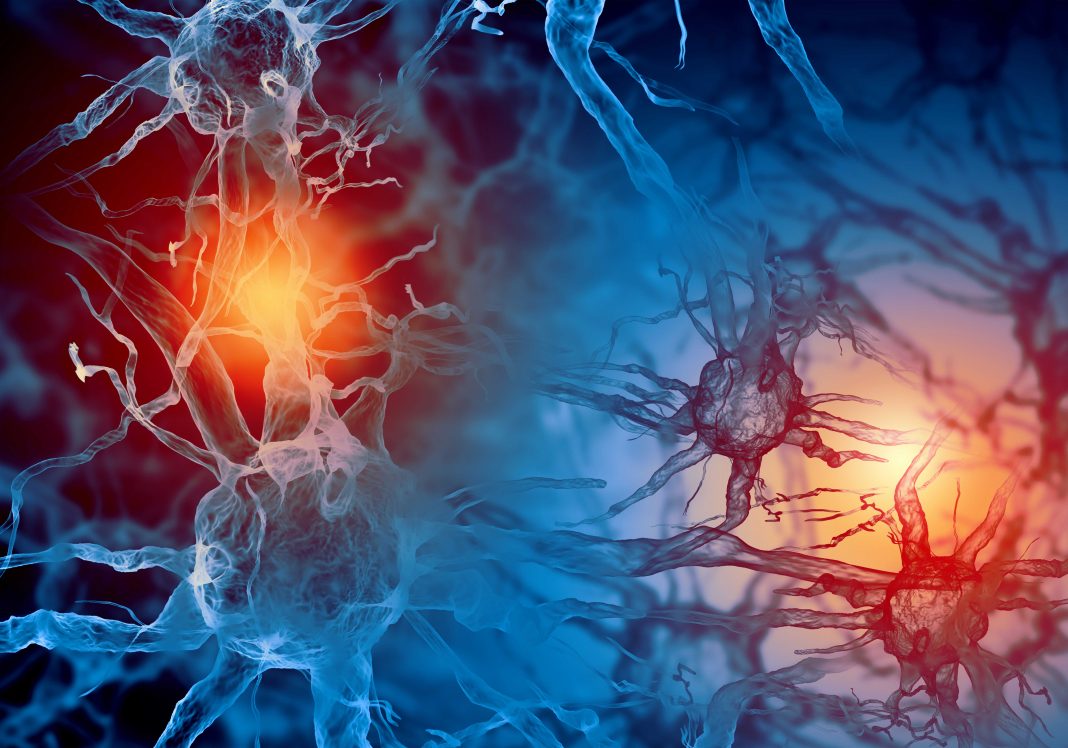Researchers at Stanford University School of Medicine and Sanford Burnham Prebys have discovered that targeting an enzyme associated with aging after nerve injury in a mouse model with a small molecule inhibitor, promoted regeneration of motor nerve and formation of neuromuscular synapses that resulted in accelerated recovery of strength.
The new findings are published in Science Translational Medicine in an article titled, “Regeneration of Neuromuscular Synapses after Acute and Chronic Denervation by Inhibiting the Gerozyme 15-Prostaglandin Dehydrogenase.”
“To date, there are no approved treatments for the diminished strength and paralysis that result from the loss of peripheral nerve function due to trauma, heritable neuromuscular diseases, or aging,” wrote the researchers. “Here, we showed that denervation resulting from transection of the sciatic nerve triggered a marked increase in the prostaglandin-degrading enzyme 15-hydroxyprostaglandin dehydrogenase (15-PGDH) in skeletal muscle in mice, providing evidence that injury drives early expression of this aging-associated enzyme or gerozyme.”
“Our data suggests that inhibiting the function of this particular enzyme, called 15-hydroxyprostaglandin dehydrogenase or 15-PGDH, with a small molecule boosted a naturally occurring compound (prostaglandin E2 or PGE2) in muscle tissues that helps restore nerve connectivity, function, and strength,” said Yu Xin Wang, PhD, assistant professor in the development, aging, and regeneration program at Sanford Burnham Prebys.
“We wondered why this enzyme turns on with age if it has such a negative impact on muscle mass and strength,” said Wang.
The team studied young mice using surgical methods to model injuries to the sciatic nerve. Levels of 15-PGDH rose in the denervated muscles, but pharmacological inhibition of 15-PGDH promoted subsequent motor axon growth, neuromuscular connectivity, and faster recovery.
In studies of human tissues, the researchers detected aggregates of 15-PGDH in biopsies from a diverse range of human neuromuscular diseases, suggesting that inhibiting this enzyme could be beneficial.
“Restoring neuromuscular connectivity is a critical step in treating these debilitating disorders. This new approach is attractive because the treatment signals the nerve to grow back,” said Wang. “That’s why it has such a profound effect on the muscle and strength.”



